Black Tupelo Tree
- June 14, 2023
- 2 comment

Common Name: Black Tupelo Tree
Botanical Name: Nyssa sylvatica
Family: Nyssaceae
Plant Type: Deciduous tree
The Black Tupelo tree, scientifically known as Nyssa sylvatica, is a stunning and versatile tree that belongs to the Nyssaceae family. It is also commonly referred to as the Black Gum tree, Sour Gum tree, or Pepperidge tree. This magnificent species is native to the eastern United States and can be found in a variety of habitats, from swamps and wetlands to upland forests.
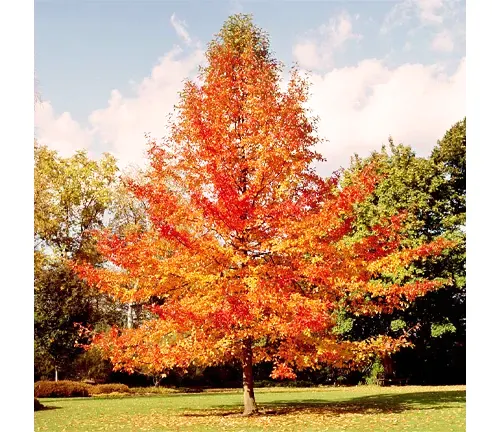
Mature Size and Growth Rate
The Black Tupelo tree typically reaches a height of 30 to 50 feet (9 to 15 meters) and has a spread of 20 to 30 feet (6 to 9 meters). It has a slow to moderate growth rate, adding about 13 to 24 inches (33 to 61 cm) in height per year.
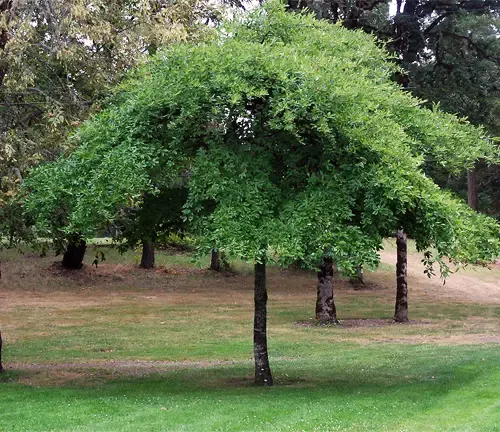
Soil Type and Preference
Black Tupelo trees are adaptable when it comes to soil type and can thrive in a wide range of conditions. They prefer moist, well-drained soils but can also tolerate clay, loam, and sandy soils. However, they are not tolerant of extremely wet or waterlogged conditions.
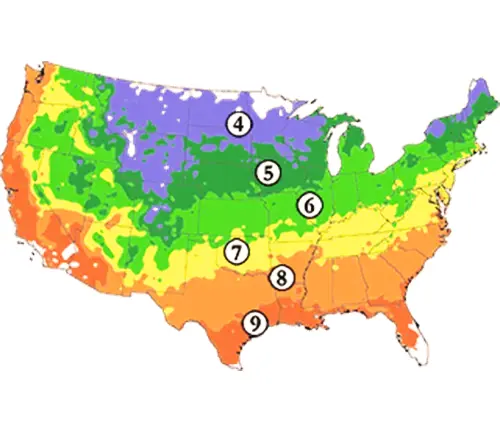
Hardiness Zones and Sun Preference
This resilient tree is hardy in USDA zones 4 to 9, making it suitable for a large portion of the United States. Black Tupelo trees can tolerate both full sun and partial shade, although they tend to exhibit the best growth and fall coloration in full sunlight.
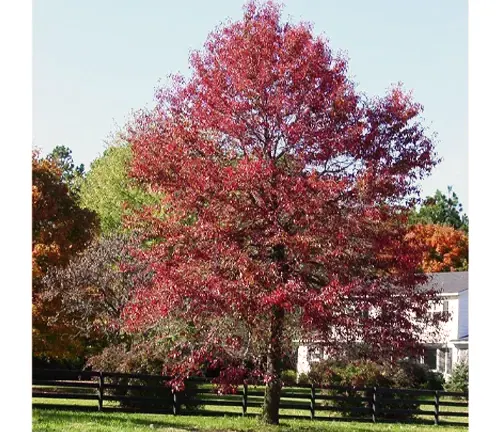
Attributes
The Black Tupelo tree is well-regarded for its striking beauty. It features a pyramidal or oval-shaped crown with glossy, dark green leaves that turn vibrant shades of red, orange, and yellow in the fall. In spring, inconspicuous flowers bloom, attracting pollinators such as bees. The tree also produces small fruits that resemble blueberries, which are a valuable food source for birds.

Wildlife Value
Black Tupelo trees provide significant wildlife value. The flowers attract bees and other beneficial insects, contributing to pollination. The fruits are consumed by various bird species, including bluebirds, robins, and cedar waxwings. Additionally, the tree’s dense foliage provides cover and nesting sites for birds, while its bark offers shelter for small mammals.
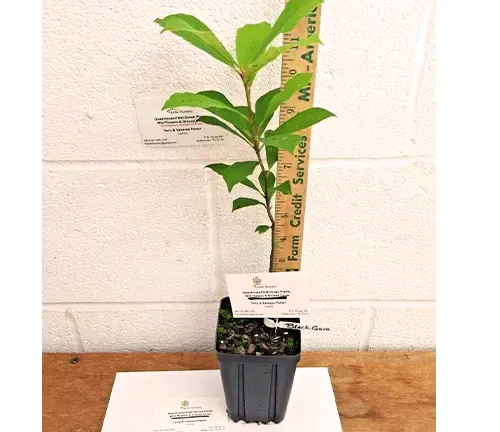
Care
The Black Tupelo tree is relatively low-maintenance once established. It benefits from regular watering during dry spells, especially during its early years. Mulching around the base of the tree helps retain moisture and suppress weeds. Pruning is generally unnecessary, except to remove dead or damaged branches.
Benefits
The Black Tupelo tree offers numerous benefits to the environment and surrounding ecosystem. It aids in soil erosion control and water conservation, thanks to its extensive root system. The tree’s dense foliage also helps reduce noise pollution and provides shade, lowering energy costs in urban areas. Furthermore, its vibrant fall foliage adds aesthetic value to landscapes and serves as a popular attraction during the autumn season.
Invasive
Black Tupelo trees are not considered invasive species. They coexist harmoniously with other native plants and do not pose a threat to the natural balance of ecosystems.
Lifespan
The lifespan of a Black Tupelo tree can vary, but on average, they live for 200 to 300 years. With proper care and suitable growing conditions, these trees can be enjoyed for generations to come.
Disadvantage
While Black Tupelo trees have many advantages, there are a few disadvantages worth noting. The tree’s fruits can create litter on the ground, which some homeowners may find messy. Additionally, the roots of mature trees have been known to occasionally lift or disrupt nearby pavements and structures, so it’s important to consider planting locations carefully.

Edible or Not
The fruits of the Black Tupelo tree, commonly known as “blackgum balls” or “black tupelo berries,” are technically edible but are not typically consumed by humans due to their astringent taste. However, they are an important food source for wildlife.
Habitat Requirements
Black Tupelo trees thrive in a range of habitats, including moist to wet soils found in bottomlands, floodplains, and swamps. They also grow well in well-drained upland forests, making them adaptable to various soil conditions.
Name Origin
The name “Nyssa sylvatica” is derived from the Greek water nymph “Nyssa” and the Latin word “sylvatica,” meaning “of the woods.” This name reflects the tree’s affinity for wetland habitats.
Characteristics
Black Tupelo trees exhibit several distinct characteristics. Their bark is dark gray and deeply furrowed, providing an appealing texture. The leaves are simple, alternate, and elliptical, measuring 2 to 5 inches (5 to 13 cm) in length. In autumn, the leaves turn vibrant shades of red, orange, and yellow, creating a stunning display.
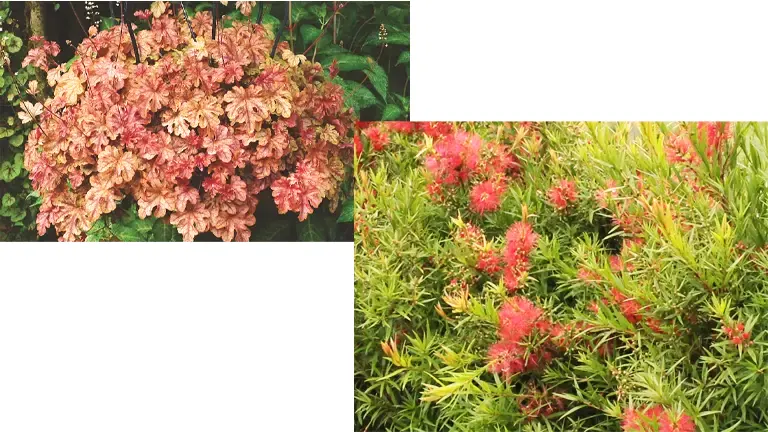
Varieties
There are several cultivated varieties of Black Tupelo trees available, including ‘Autumn Cascade,’ which has a weeping growth habit, and ‘Wildfire,’ known for its exceptionally vibrant fall coloration. These varieties offer unique options for landscaping and garden design.
Pruning
Pruning is generally not necessary for Black Tupelo trees, as they have an attractive natural shape. However, if desired, light pruning can be conducted during the dormant season to remove dead or crossing branches.
Propagating
Black Tupelo trees can be propagated through seeds or hardwood cuttings. However, growing trees from seeds can be challenging due to slow and irregular germination. Hardwood cuttings taken during the dormant season have a higher success rate.
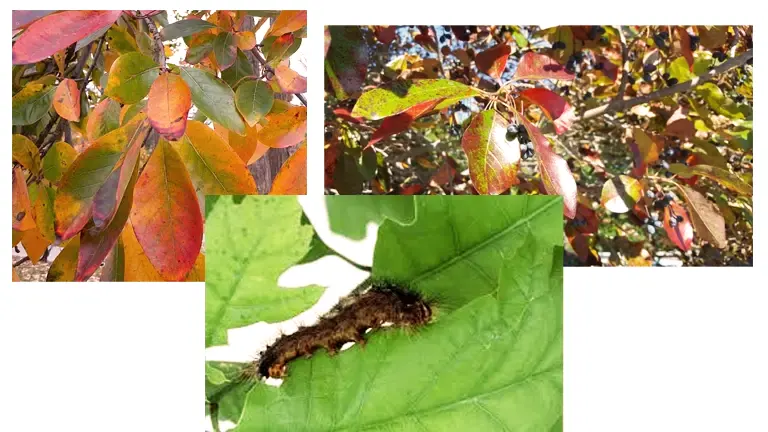
Common Pests & Diseases
Black Tupelo trees are relatively resistant to pests and diseases. However, they can occasionally be affected by leaf spot diseases, powdery mildew, or canker diseases. Proper cultural care, including regular watering and good airflow around the tree, can help prevent these issues.
Fun Facts:
- The wood of Black Tupelo trees is highly valued for its strength, durability, and attractive grain, making it sought after for furniture, flooring, and veneers.
- The tree’s nectar-rich flowers are a favorite of honeybees, which produce a unique and highly prized honey known as “Tupelo honey.”
- Black Tupelo trees are an essential component of the southern bald cypress swamp ecosystem, providing vital habitat for many unique and endangered species.
Frequently Asked Questions:
- Q: Is the Black Tupelo tree a suitable choice for urban environments?
A: Yes, Black Tupelo trees can thrive in urban environments as long as they are provided with adequate space to grow and proper care, including regular watering and protection from soil compaction. - Q: Do Black Tupelo trees require a lot of maintenance?
A: No, Black Tupelo trees are generally low-maintenance once established. Regular watering during dry spells and occasional mulching is usually sufficient to keep them healthy. - Q: Can I grow a Black Tupelo tree from a cutting?
A: Yes, Black Tupelo trees can be propagated from hardwood cuttings taken during the dormant season. However, keep in mind that germination from seeds can be more challenging. - Q: Are Black Tupelo berries edible for humans?
A: While technically edible, Black Tupelo berries are not commonly consumed by humans due to their astringent taste. However, they are an important food source for wildlife.
In conclusion, the Black Tupelo tree, with its stunning fall foliage, adaptable nature, and ecological value, is a true marvel of nature. Whether gracing the forests, wetlands, or urban landscapes, this majestic tree continues to captivate and inspire all who encounter it.

Forestry
Forestry Author2 comments
Mr. Carlos, thank you for sharing all this info. I appreciate the time you took to gather and post! I found a volunteer seedling in my flower bed, which turned out to be a Black Tupelo. I live in Louisiana, USA and haven't heard of this tree before. Google image search suggested your helpful site. I'm definitely keeping this tree in my garden. Cheers!

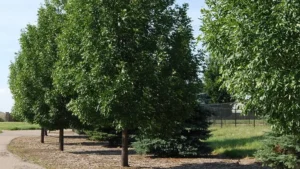

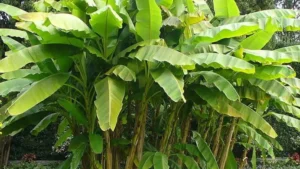
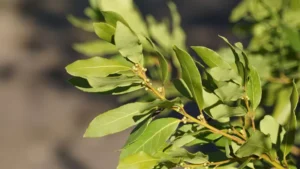


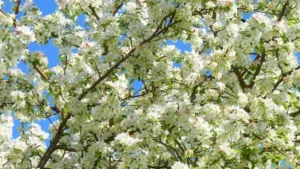
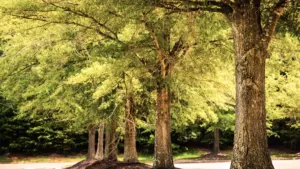

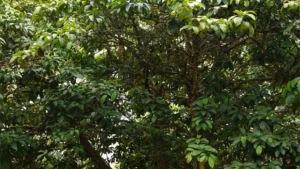

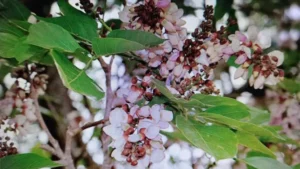
Thank you for this great info! After reading several articles on this tree, yours is the most informative one I've come across so far as it even includes the birds that are attracted by the black tupelo as well as pictures of the tree's leaves, flowers, etc. (There's a sweet Cajun song called "Tupelo Honey" that I think of every time I read about this tree, so I just had to buy a couple for my yard in SE GA.)
ang
August 6, 2024 12:57 am